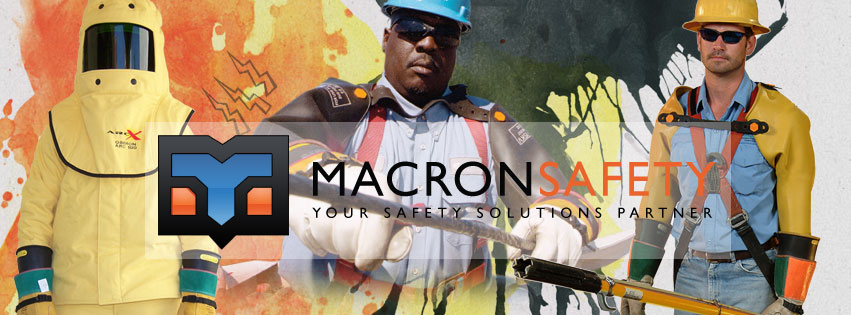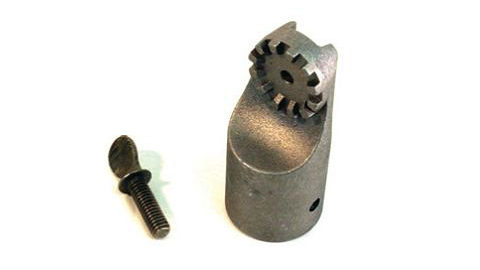
A new test method is being developed for arc exposure in hard hats – due to concerns in the industry that the foam inside insulated hard hats can melt and/or ignite. Recently, Oberon conducted arc tests on Type 2, Class E hard hats with foam liners. For arc flash protection, hard hats are worn with an arc rated face shield or an arc rated hood with a shield window. In the NFPA 70E Hazard/Risk Categories (HRC) 1, 2 and 2-star designated for incident energy levels from 1.2 to 8 cal/cm2, hard hats are equipped with an arc rated face shield. For HRC3 and HRC4, designated for incident energies above 8 cal/cm2 and up to 40 cal/cm2, arc rated hoods are required. Within the utility industry, which is excluded from the NFPA 70E standard, hard hats can be directly exposed well above an incident energy of 8 cal/cm2 when used with a balaclava hood and an arc rated face shield or arc rated goggles. The intent of these Oberon tests was to conduct arc exposures in the range of 25 cal/cm2 with and without an arc rated face shield protecting the hard hat liner.
 In the first test, the hard hats/face shield assembly was initially mounted facing the arc exposure in the standard configuration for the ASTM F2178 test method for face protective products. The hard hat was labeled Dynamic HP542 hardhat with foam liner, made in Canada, CSA Z94.1-05 & ANSI Z89.1-2009,Type 2, Class E, Size 53-64 cm, 65/8-8, HPDE, and was equipped with an Oberon ARCX 12 cal shield. As expected, the face shield protected the hard hat and liner. There was no after-flame from the hard hat or liner and no melting, dripping or damage to the hard hat or liner.
In the first test, the hard hats/face shield assembly was initially mounted facing the arc exposure in the standard configuration for the ASTM F2178 test method for face protective products. The hard hat was labeled Dynamic HP542 hardhat with foam liner, made in Canada, CSA Z94.1-05 & ANSI Z89.1-2009,Type 2, Class E, Size 53-64 cm, 65/8-8, HPDE, and was equipped with an Oberon ARCX 12 cal shield. As expected, the face shield protected the hard hat and liner. There was no after-flame from the hard hat or liner and no melting, dripping or damage to the hard hat or liner.
 In this orientation, the face shield does not protect the hard hat and liner. However, there was no after-flame from the hard hat or liner, and no melting, drip- ping or damage to the hard hat or liner with an incident energy exposure on position A of 27.0 cal/cm2 and on position B 23.3 cal/cm2.
In this orientation, the face shield does not protect the hard hat and liner. However, there was no after-flame from the hard hat or liner, and no melting, drip- ping or damage to the hard hat or liner with an incident energy exposure on position A of 27.0 cal/cm2 and on position B 23.3 cal/cm2.
Certainly at some level of arc flash exposure, a hard hat and liner can exhibit ignition, melting and dripping. The ASTM F18 Committee test method development will determine the exposure level at which these phenomena can be initiated. Based on this limited testing, it appears that ignition, melting and dripping are not initiated at exposures up to approximately 25 cal/cm2.
Article submitted by Oberon Company.



